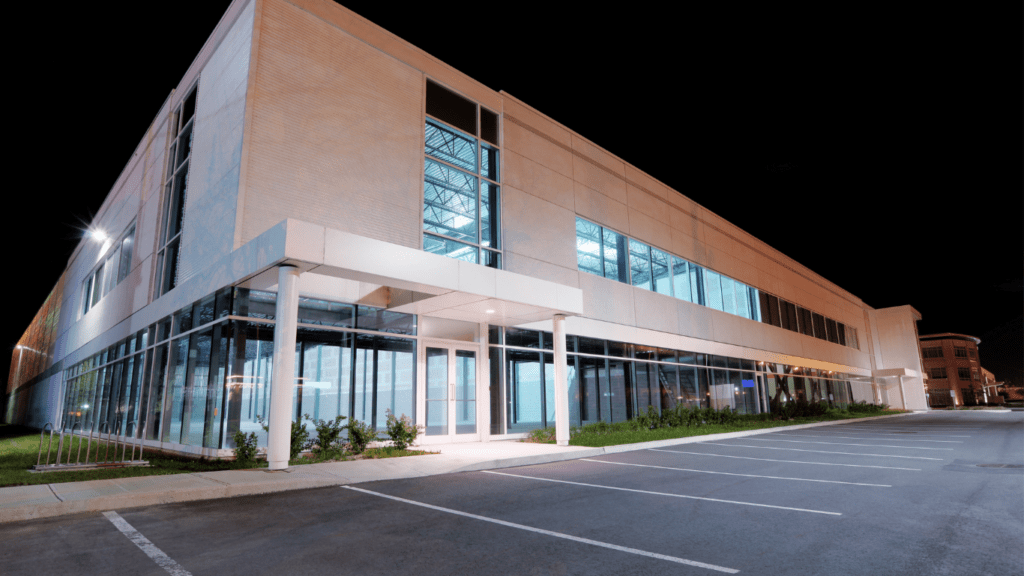Current Market Overview
Demand for residential properties remains high, with urban areas experiencing notable price increases. National housing inventories are still tight, with current levels hovering around 850,000 active listings compared to 1.1 million in early 2022. This continues to drive competition among buyers.
Mortgage rates have stabilized but remain elevated, averaging 7.5% for 30-year fixed loans as of October 2023. Many prospective buyers are adjusting budgets to accommodate higher interest costs, leading to a surge in demand for smaller homes and condos.
Rental markets are showing mixed trends. Metropolitan regions like New York and Los Angeles have seen rental costs rise 6% year-over-year, while remote work hubs such as Austin are observing slight declines.
Commercial real estate faces challenges due to rising vacancy rates. Office spaces in large cities like San Francisco have a vacancy rate exceeding 20%, fueled by hybrid work models. Logistics and industrial properties, however, remain resilient, driven by e-commerce demand.
Builders are ramping up new construction to address supply shortages. Multifamily developments dominate current projects, accounting for 45% of new permits issued this month. However, labor shortages and material costs continue to delay project timelines.
Residential Real Estate Trends
High prices in urban areas and changing lifestyle priorities are shifting buyer interest toward specific residential trends. Suburban growth and sustainability are influencing the market significantly.
Rising Demand for Suburban Homes
Demand for suburban properties is outpacing urban areas as families and remote workers seek more space. According to Redfin, suburban home sales increased by 19% in the last 12 months, contrasting with a 7% rise in urban areas. Larger lots and access to quality schools attract buyers looking to settle long-term. Townhomes and single-family houses lead this shift, particularly in regions like the Southeast, where affordability remains higher.
Reduced commute pressures from remote and hybrid work models amplify this transition. Areas near metropolitan outskirts, such as Denver suburbs or Phoenix communities, see significant population growth and development. As builders address this demand, suburban housing inventory expands faster than city-center options, catering to growing families and first-time buyers alike.
Increased Focus on Sustainability
Sustainable features are becoming essential in residential construction due to growing environmental awareness and energy efficiency cost benefits. Solar panel installations, energy-efficient appliances, and EV-ready homes dominate new developments. Zillow reports that listings highlighting sustainable upgrades sold 12% faster in 2023 compared to homes without such features.
Buyers prioritize green certifications, such as LEED or Energy Star ratings, especially in regions susceptible to extreme weather. Builders also incorporate renewable materials in home designs, addressing both eco-conscious consumers and local regulations. States like California and Oregon drive these trends, with mandates promoting net-zero homes and water conservation systems.
Commercial Real Estate Trends

Commercial real estate trends reveal how businesses are adapting to evolving market dynamics. Two major shifts dominating the sector this month involve workspace flexibility and logistics property demand.
Shift Toward Flexible Workspaces
Demand for flexible office spaces is rising as hybrid work models shape business operations. Traditional office spaces report vacancy rates of over 20% in major cities like San Francisco and Chicago, while coworking spaces and shared offices see growth from startups and small enterprises. Companies downsizing conventional leases aim to reduce costs and accommodate employees who prefer flexible schedules. Key players like WeWork and Regus continue expanding their offerings despite market challenges to capture this growing demand.
Growth in E-commerce Warehousing
E-commerce growth drives sustained demand for industrial and warehousing properties.
- U.S. online sales increased 11% year-over-year in September 2023, boosting the need for fulfillment centers near urban hubs.
- Major retailers, including Amazon and Walmart, are leasing larger spaces to ensure faster last-mile delivery.
- Data from CBRE highlights a record-low industrial vacancy rate of 3.4%, with rents rising 15% annually, reflecting the high demand from supply chain optimization strategies.
Technological Advancements in Real Estate
Technology continues to transform the real estate industry, influencing how properties are:
- marketed
- managed
- transacted
Recent advancements are reshaping both residential and commercial sectors, offering better accessibility and efficiency.
Emergence of Virtual Property Tours
Virtual property tours are becoming a standard in listings, especially as 3D and augmented reality (AR) tools improve. Buyers can explore detailed representations of homes remotely, reducing the need for in-person visits. According to a 2023 report by Realtor.com, 43% of buyers considered virtual tours a deciding factor in shortlisting properties. Platforms like Matterport and Zillow 3D Home enable a seamless virtual experience, allowing viewers to assess layouts, finishes, and room proportions. These tools are particularly impactful in international dealings, where physical visits may not be feasible.
Use of AI in Property Management
AI-driven tools are streamlining property management processes, enhancing tenant experiences while reducing operational costs. Automated chatbots handle common inquiries about rent payments, lease renewals, and maintenance requests, providing round-the-clock support. Predictive analytics, another AI application, forecasts maintenance needs by analyzing historical data, minimizing costly repairs. For example, companies like AppFolio and Buildium integrate AI features to help landlords optimize rental pricing and vacancy rates. This technology is especially valuable in large-scale operations, such as multifamily housing complexes, where efficiency and tenant satisfaction are critical.

 William Taylor has been instrumental in building Mode Key Homes, focusing on commercial real estate and rental management strategies. His contributions help landlords and business owners navigate the complexities of the real estate market while maximizing efficiency and profitability.
William Taylor has been instrumental in building Mode Key Homes, focusing on commercial real estate and rental management strategies. His contributions help landlords and business owners navigate the complexities of the real estate market while maximizing efficiency and profitability.